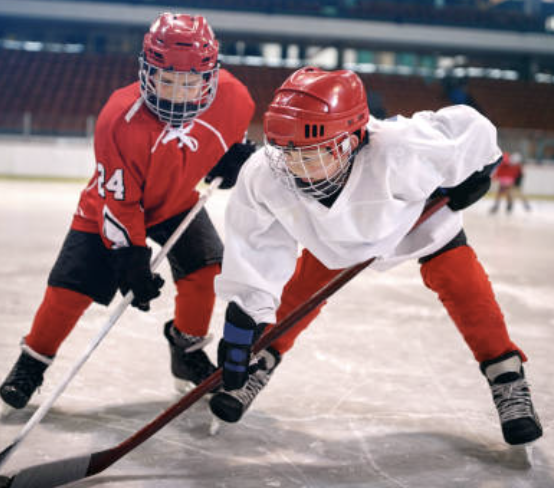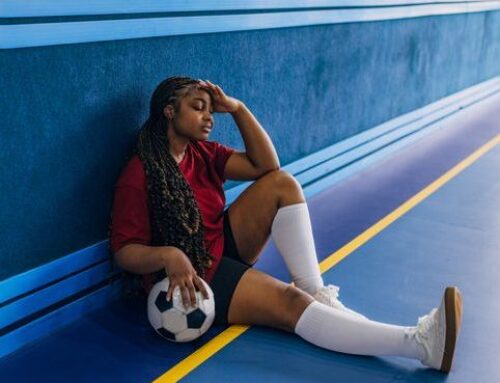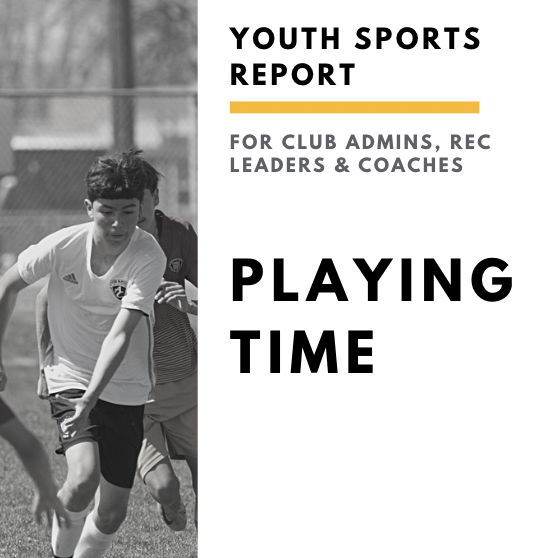Get our exclusive report. Download the iSport360 Club Switching Report Here – For Club Admins, Rec Leaders and Coaches.
4 Types of Shots in Hockey
It’s natural that a hockey player will discover success with a particular shot and work to perfect that shot. Repetition is key to success. Sending thousands of well-executed shots on net until you can put the puck in each corner and go five-hole consistently. But the best players don’t stop with just one shot in their bag of scoring tricks. The top hockey players will continue to master all four shots that may present themselves during a game. And be prepared to use any of them to score if the opportunity exists.

1. THE HOCKEY SLAP SHOT
The slap shot is hockey’s rock star. It’s fast, loud, powerful and exciting. It’s also the shot that most players want to practice and take during games. Its success rate in scoring goals actually falls to third or fourth place among the four types of hockey shots. The slap shot’s success is based on its speed and power. Allowing players to score from much farther away from the net. But speed and power take time, and require a windup and weight transfer from back skate to front skate to impart power to the shot. That gives defensive players time to block the shot and the goalie time to get in position to cut down the angle and prepare for the shot. Still, the speed of the puck can beat even a prepared goalie. It’s simply hard to pick up a puck moving that fast, particularly if there is traffic in front of the net. So the slap shot can still light the lamp, even when the odds are seemingly against it.
2. THE HOCKEY WRIST SHOT
While the slap shot gets the attention, the hockey wrist shot lights the lamp—with about half of all goals scored coming off a wrist shot, it’s a useful one to master. Used in situations where surprise and quickness are more important than the speed of the puck, the wrist shot can still send a puck sizzling. There are two types of wrist shots, including one with more power behind it and closer to a slap shot, and the quicker type that is more like a snap shot. Both have their place, but the quick shot will surprise the goalie because they won’t be sure if you’re shooting, passing, or just looking for an opportunity. By the time the goalie figures out you’re shooting, it’s too late. The powerful shot adds some miles per hour to the puck to make up for the lack of surprise. The goalie might recognize the shot, but by the time they do, the puck has settled into the back of the net.
3. THE HOCKEY SNAP SHOT
The hockey snap shot is all about speed and surprise. Snap a puck into the net when you see a rebound ricochet your way after a teammate’s shot is blocked, or when you poke the puck away from a defender and find yourself in front of the net with three defenders converging on you. The opportunity for a snap shot can arise from a variety of situations, but the common denominator is you either shoot or don’t, no time to think. You don’t have time to reposition your body, or switch feet or move the puck—you just get it on its way. The hockey snapshot’s success comes from moving the puck toward the goal before anybody can react.
4. THE HOCKEY BACKHAND
The backhand can be a quick solution to a bad situation. When you find yourself with an opportunity near the goal but the puck is on your backhand side, the backhand can get a shot off while keeping the puck away from defenders. The backhand hockey shot is best when you’re close to the goal. While the slap shot is fast and powerful, the backhand is quick, deceptive, and deadly. The backhand often follows a stick handle, or receiving a pass, and is rushed before the goalie adjusts or the defense moves in to knock the puck away.
These four hockey shots and their slight variations can be confusing during play. Practice each type of shot enough that you can pull whichever one you need out of your bag without thinking about it to take advantage of the situation. Choosing a hockey shot has to become second nature. And that comes with plenty of practice outside of games, and then ice time during the game.
For a copy of the original post, click here. To see why ice hockey clubs love iSport360, click here to find out.
Learn more or request a demo of our youth sports software that is helping teams improve communication, organization and player development.
April 18, 2022





